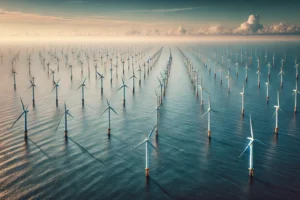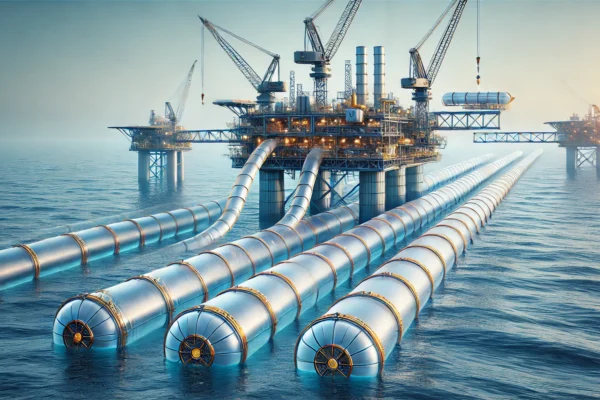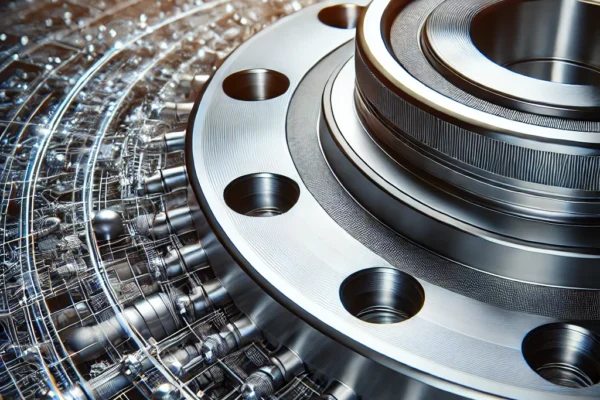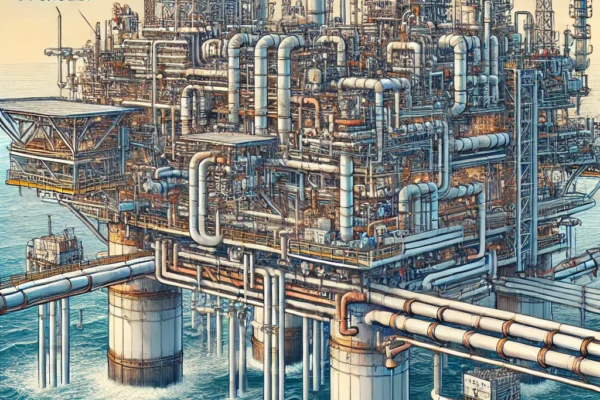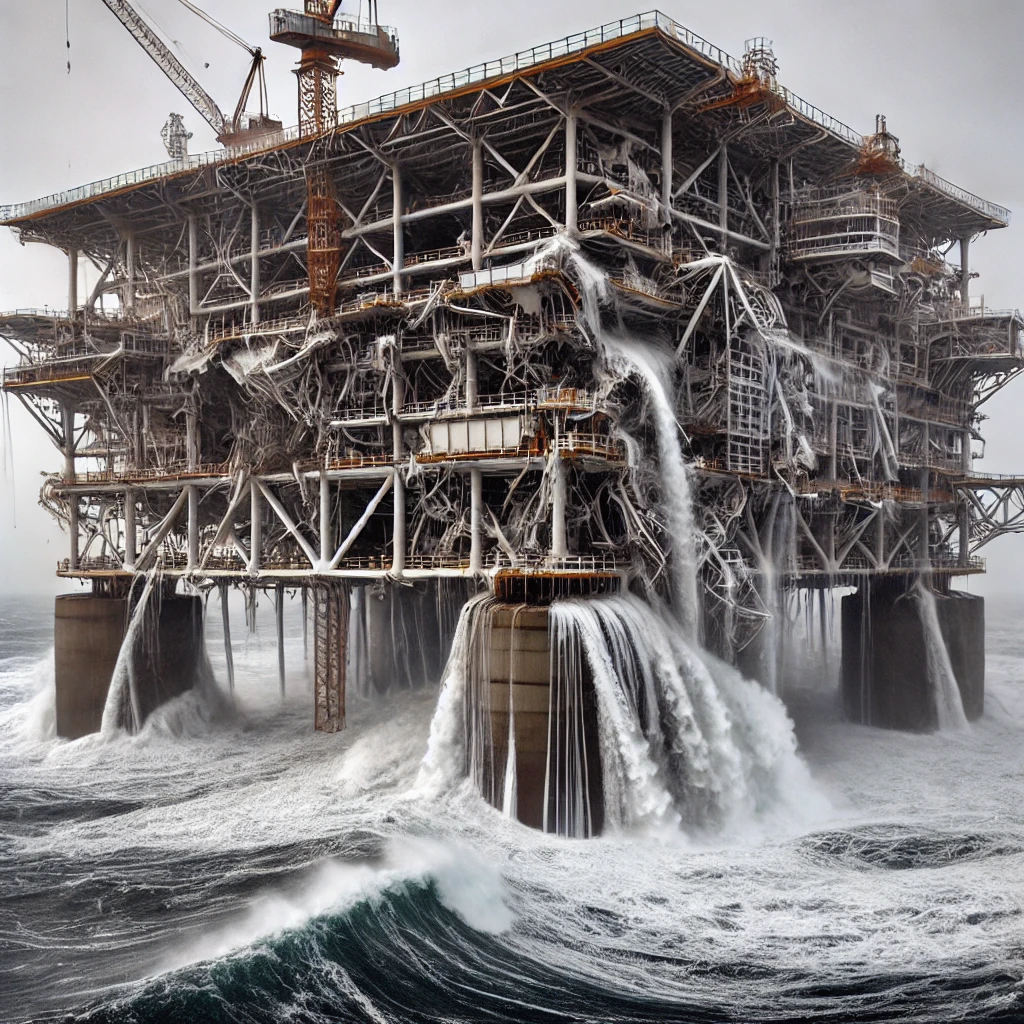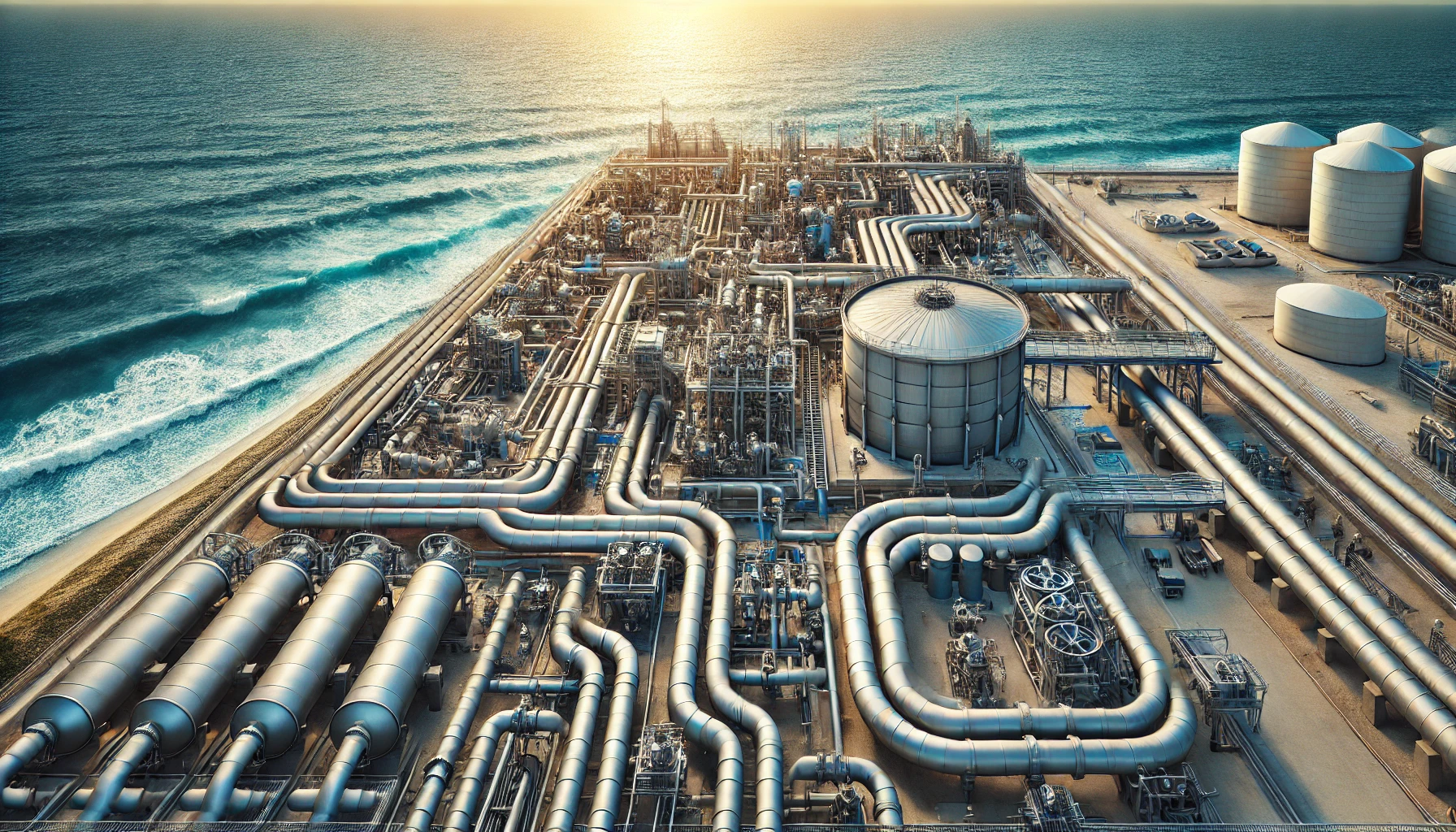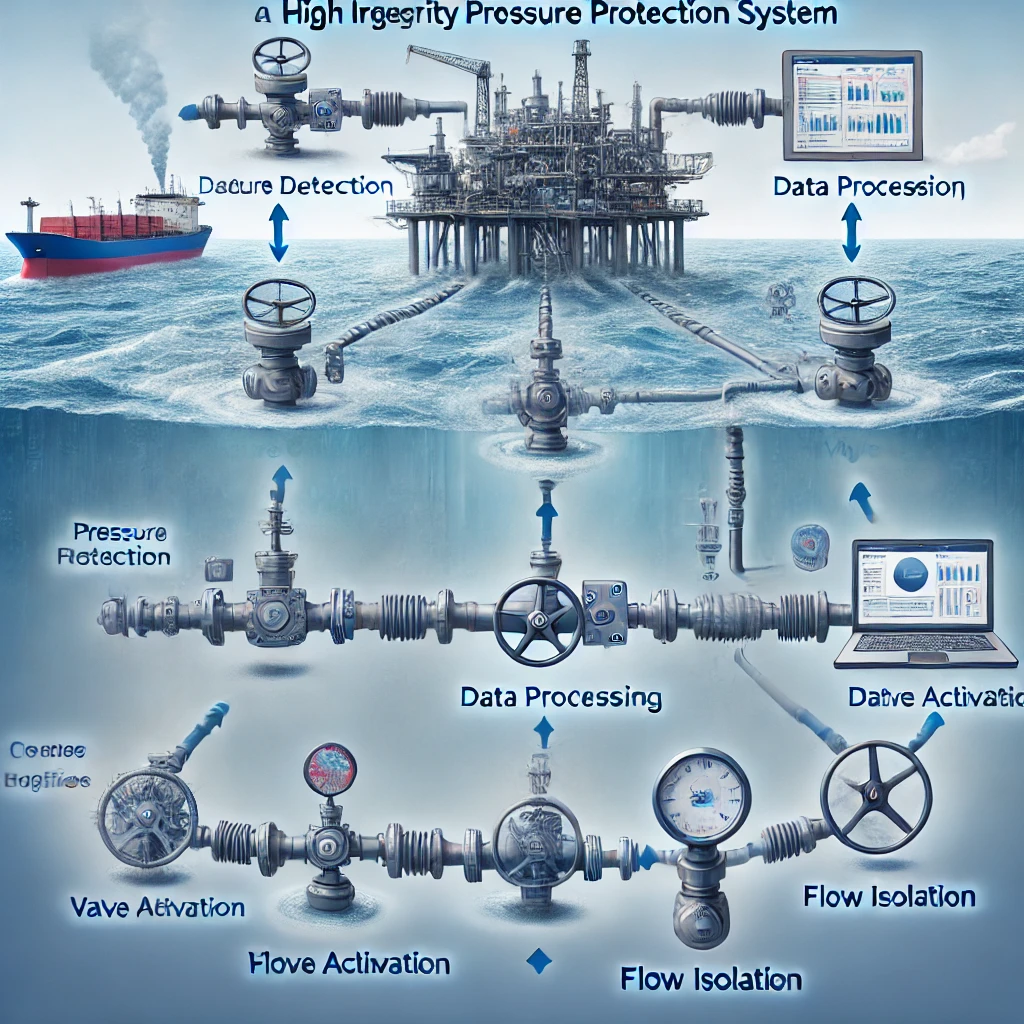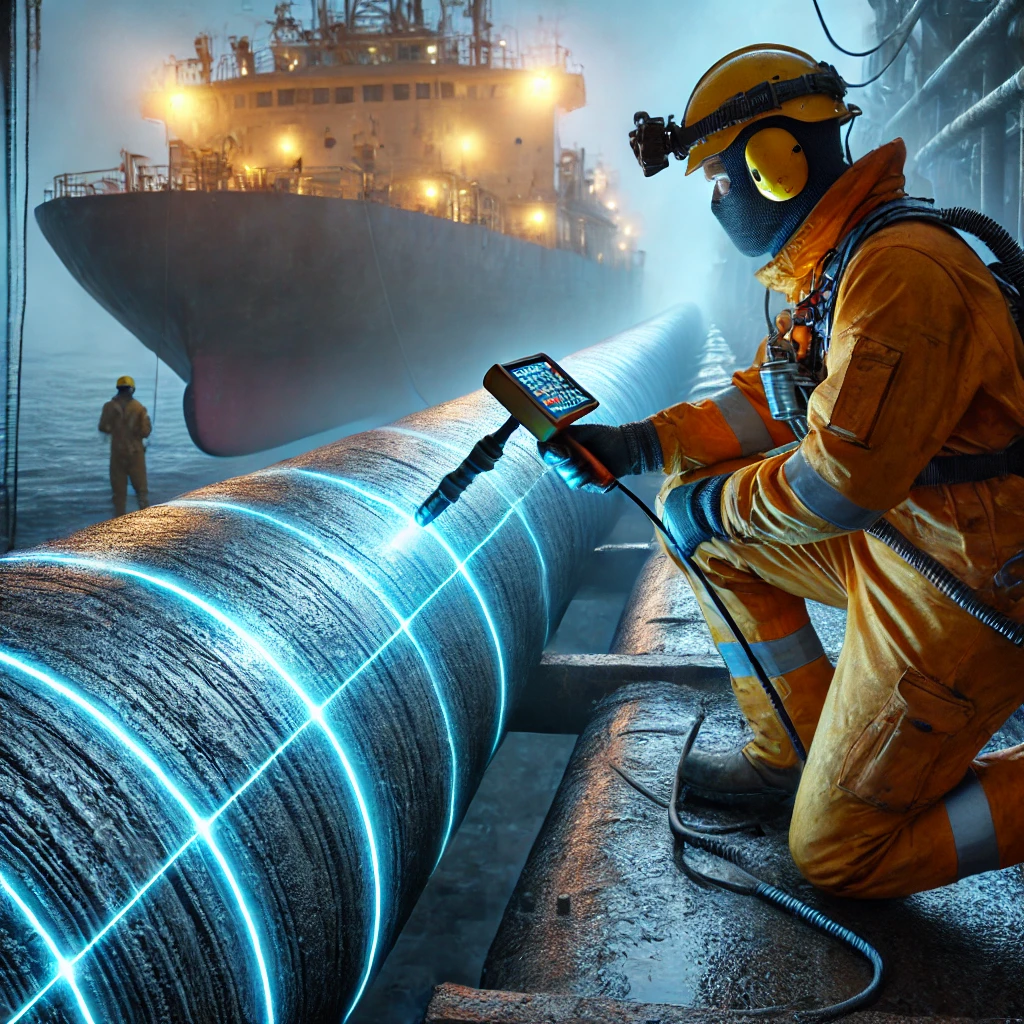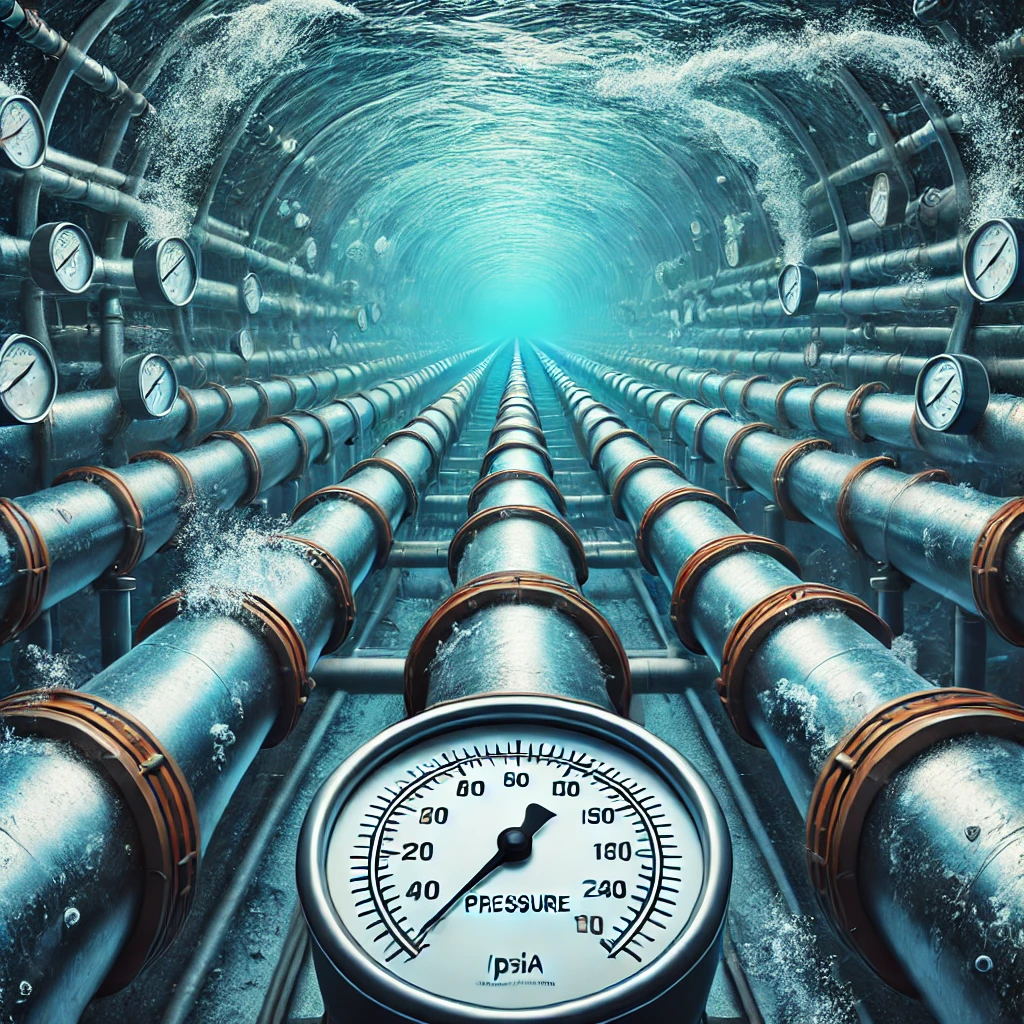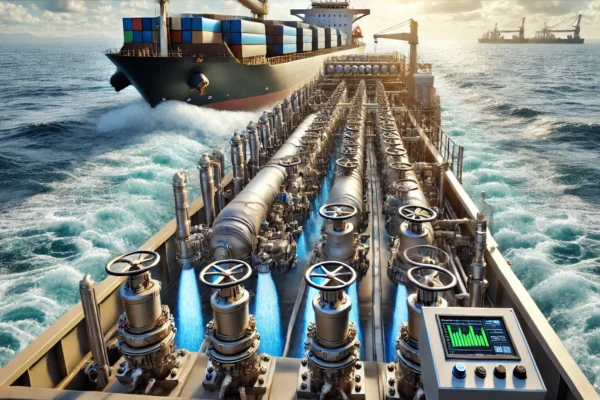
Modulating Valves: The Unsung Heroes of Ocean Engineering
In the vast and dynamic field of ocean engineering, numerous technologies and components work in harmony to ensure the safety, efficiency, and functionality of maritime operations. Among these, modulating valves stand out as pivotal devices that regulate fluid flow in various marine systems. Though often overlooked, these valves play a critical role in maintaining the…





